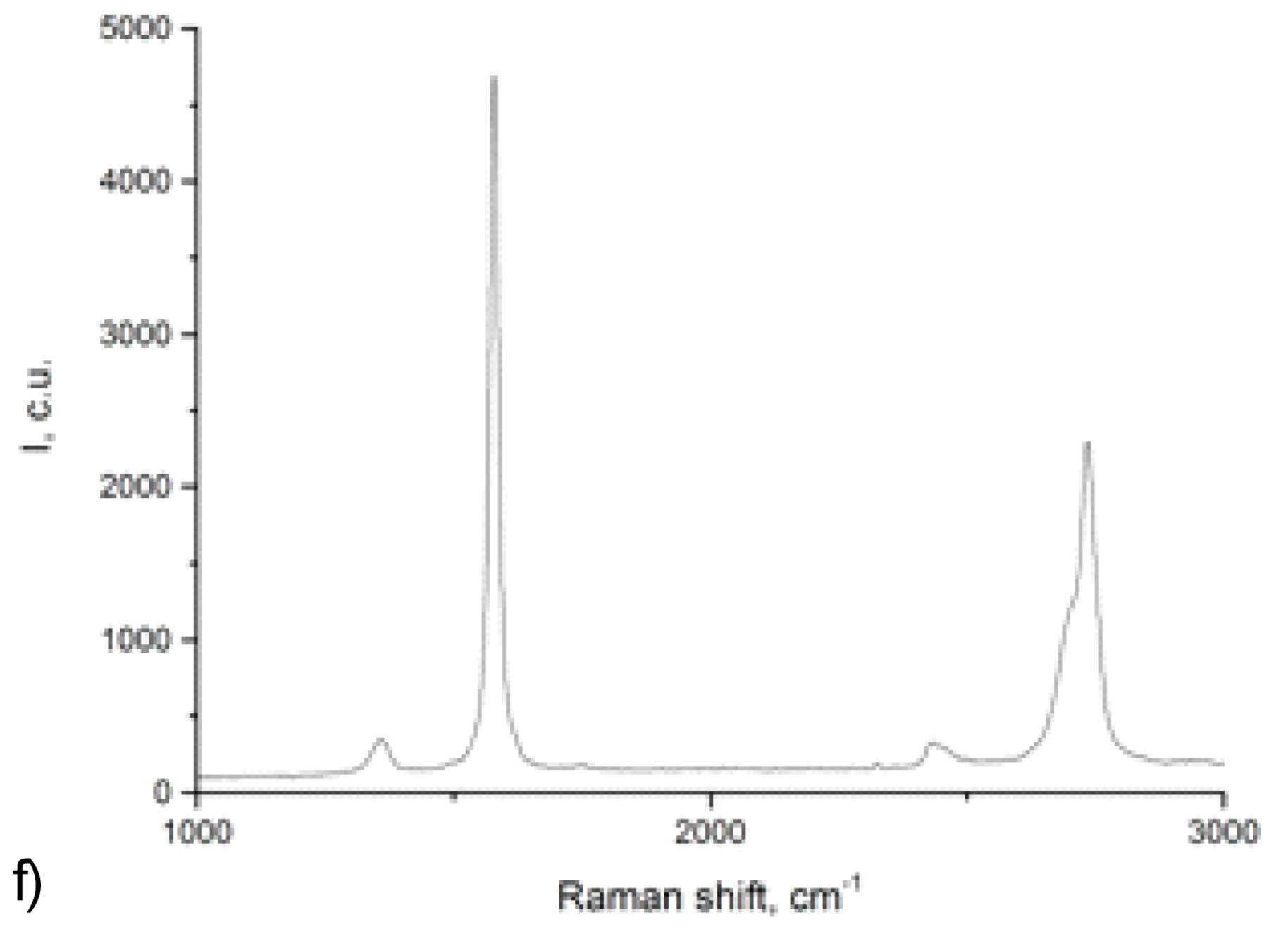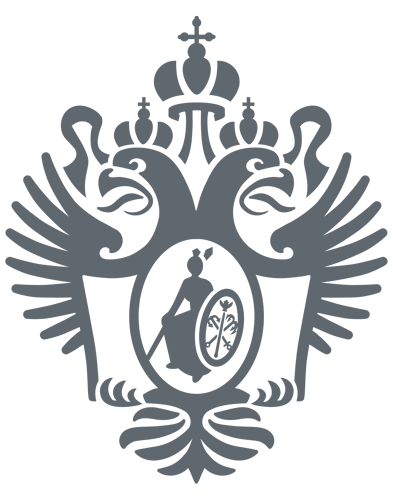Polyhedron Volume 130, Pages 176-183
Y. Kondratenko, V. Fundamenskya, I. Ignatyev, A. Zolotarev, T. Kochina, V. Ugolkov
Synthesis and crystal structure of two zinc-containing complexes of triethanolamine
Polyhedron Volume 130, Pages 176-183
DOI: 10.1016/j.poly.2017.04.022
Two new zinc-containing complexes [Zn2(TEA)(C6H5COO)3] (1) and ([Zn(TEA)(H2O)2]SO4)·H2O (2) were synthesized and characterized by IR spectroscopy, elemental analysis, DSC and TG analysis. Their structure was determined by single-crystal X-ray diffraction. In the binuclear, mixed-ligand [Zn2(TEA)(C6H5COO)3] complex, one zinc atom is six-coordinated by nitrogen and three oxygen atoms of tetradentate triethanolamine (TEA) and two oxygen atoms of two different benzoate ligands, forming the distorted octahedron of the ZnNO5 type. The second zinc atom is five-coordinated, forming the distorted trigonal bipyramid. Two zinc atoms are bridged by two carboxylate groups of two benzoate ligands and one oxygen atom of the deprotonated hydroxyethyl group of TEA. Cationic complex 2 consists of [Zn(TEA)(H2O)2]2+ cations and SO42- anions. The coordination polyhedron around the zinc atom corresponds to a distorted octahedron (ZnNO5 type). The TEA ligand is tetradentately coordinated to the cation, forming three chelate rings. The coordination sphere of the Zn cation is completed by two aqua ligands.
REVIEWS ON ADVANCED MATERIALS SCIENCE Volume 47, No. 1, Pages 71-77
O.Yu. Kurapova, V.G. Konakov, A.S. Grashchenko, N.N. Novik, S.N. Golubev and I.A. Ovid’ko
NANOTWINNED COPPER-GRAPHENE COMPOSITES WITH HIGH HARDNESS
REVIEWS ON ADVANCED MATERIALS SCIENCE Volume 47, No. 1, Pages 71-77

This paper addresses fabrication, structure, and hardness characteristics of nanotwinned (ntw) copper-graphene composites. The composites were fabricated by electrodeposition from 1M CuSO4·6H2O mixed water-alcohol solution containing graphene-graphite mixture stabilized by non-ionic surfactant. We fabricated two-layer solids each consisting of ntw copper layer and ntw copper-graphene layer. The synthesized two-layer specimens were examined in nanoindentation tests and showed high hardness values up to 3 GPa. The maximum hardness value of 3 GPa is higher than those of pure ntw copper and copper-graphene composites, taken from the literature.
Dalton Transactions Issue 12, Pages 3895-3905
Anastasia I. Solomatina, Irina O. Aleksandrova, Antti J. Karttunen, Sergey P. Tunik, Igor O. Koshevoy
Dibenzothiophene-platinated complexes: probing the effect of ancillary ligands on the photophysical performance
Dalton Transactions Issue 12, Pages 3895-3905
DOI: 10.1039/C7DT00349H

Cyclometalation of dibenzothienyl-pyridine (HPyDBT) afforded a series of platinum(II) complexes Pt(PyDBT)(L)Cl (L = DMSO, 1; P(p-C6H4-X)3 (X = H, 2; CF3, 3; OMe, 4; NPh2, 5); 1,3,5-triaza-7-phosphaadamantane, 6; 2,6-dimethylphenyl isocyanide, 7). Chelating bidentate LL ligands formed cationic compounds [Pt(PyDBT)(LL)]+ (LL = 1,2-bis(diphenylphosphino)benzene, 8; 2,2’-bipyridine, 9; 1,10-phenanthroline, 10). Oxidation of a thienyl sulfur atom allowed for the isolation of the sulfone derivative Pt(PyDBT)(PPh3)Cl (11). The title complexes were characterized crystallographically (except 7). Investigation of their photophysical behavior revealed solid state phosphorescence with quantum yields up to 0.45 for neat powders. The ancillary ligands L show a minor influence on the emission energies of the neutral compounds, but affect dramatically the intensity of luminescence. In contrast, the cationic species with diimine ligands demonstrate a significant contribution of the LL fragments into the emissive T1 states that leads to a certain mixing of 3IL and 3LL’CT transitions and causes a substantial bathochromic shift of emission.
Glass Physics and Chemistry, 2017, Vol. 43, No. 4, pp. 298–301
A. A. Razumtsev, Yu. S. Tver’yanovich, Fahd S. Khan, I. E. Kolesnikov, and A. V. Kurochkin
«Spectral Properties of Glass (15Ga2S3 · 85GeS2) Doped with Erbium»
Glass Physics and Chemistry, 2017, Vol. 43, No. 4, pp. 298–301
DOI: 10.1016/j.jnoncrysol.2016.11.038

For chalcogenide glasses in the system (1 – x)[0.15Ga2S3 · 0.85GeS2] · xEr2S3, the absorption and luminescence spectra are investigated and the X-ray diffraction analysis is performed. A small shift in the position of the erbium absorption band with the increase of its content in the glass indicates the decrease of the effective charge on it, while the negligible changes in the angle position of the first sharp diffraction peak points to the constancy of the glass’s intermediate-order parameter. The possibility of describing the dependence of the intensity of erbium luminescence on its concentration using the earlier suggested equation has been discussed.
17.03.2017 a visit of the staff of the Department of Scientific and Technical Expertise of the State Hermitage took place in the RC OLMIV: Gavrilenko L.Yu., Grigorieva I.A., Chugunova K.S. and Audrikovskaya A.Yu. Issues of scientific and technical cooperation were discussed.


